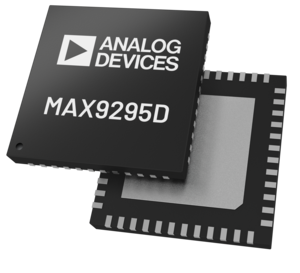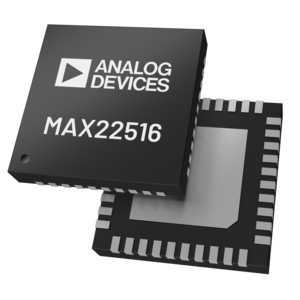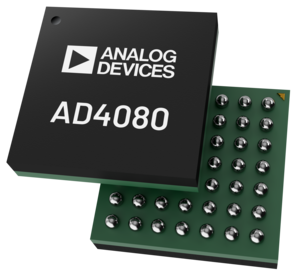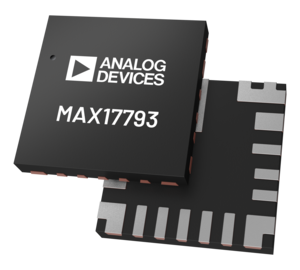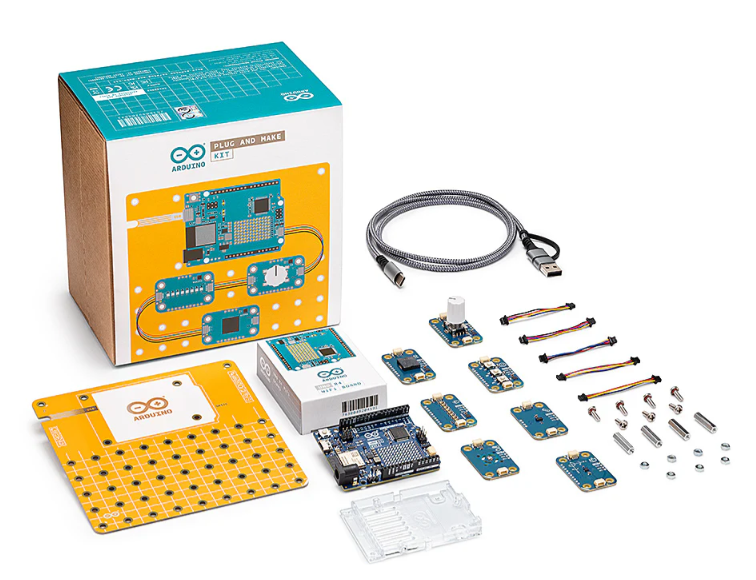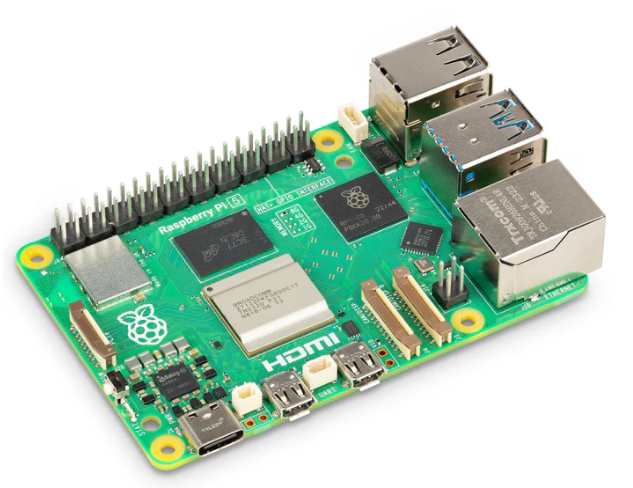JAXA and NEC achieve transmission of mission data
Japan Aerospace Exploration Agency (JAXA) and NEC, the contractor of the laser-communications terminals for the Laser Utilizing Communication System ('LUCAS'), performed the world's fastest optical communication using LUCAS between the Advanced Land Observing Satellite-4 and the Optical Data Relay Satellite.
This was done in geostationary orbit at a distance of about 40,000 km, and both organisations successfully completed the first transmission of observation data to a ground station through the geostationary satellite.
In October 2024, JAXA and NEC successfully achieved the optical inter-satellite communication between DAICHI-4 equipped with the Optical Leo Laser Communication Terminal (OLLCT) dedicated to an Earth observation satellite and the Optical Data Relay Satellite equipped with the Optical Geo Laser Communication Terminal (OGLCT) dedicated to a geostationary satellite.
As a result, DAICHI-4 observation data was successfully transmitted using optical communication. The success of this data transmission utilising LUCAS facilitates immediate downlinking of a large amount of observation data which is difficult to achieve through direct communication to ground stations in areas lacking accessible ground stations.

Figure 1: Observation image of DAICHI-4 transmitted by LUCAS
Figure 1 shows the first image downlinked through LUCAS, generated from a large amount of mission data observed by DAICHI-4 over approximately 30 minutes, traversing the Arctic, Europe, and Africa. While direct transmission to ground stations requires multiple transmissions, the use of LUCAS narrowed the acquisition of observation data of vast areas to a single transmission.

Figure 2: Overview of LUCAS
Laser light has a bandwidth that is orders of magnitude wider than that of radio waves (5THz in the 1.5 μm wavelength band), allowing it to transmit more information than radio waves. By using highly focused beams, there is little risk of interference or eavesdropping. The use of laser light is essential for achieving high-speed, high-capacity communications in space in the future.

Figure 3: LUCAS enables high-speed/large-capacity data transmission
In LUCAS, optical communication has been adopted in the data relay system onboard the geostationary satellite. By using optical communication between the Earth observation satellite and the geostationary satellite, LUCAS enables data transmission from the Earth observation satellite at 1.8 Gbps: a speed 7.5 times faster than the 240Mbps transmission rate of the Data Relay Test Satellite KODAMA (DRTS)(4) using previous generation radio waves. (Figure 3)
There is a distance of about 40,000 km between DAICHI-4 in low orbit and the Optical Data Relay Satellite in geostationary orbit. The acquisition and communication of the counterpart satellite, which is moving at high speeds, requires precise optical systems and their control technology.
While the Optical Data Relay Satellite in geostationary orbit at an altitude of about 36,000 km moves at about 3.1km/second and the Earth observation satellite in low orbit circles at about 7.6km/second, it is important to continuously direct the laser beam, which expands only about 500m, accurately to the counterpart satellite even at a distance of 40,000km. To achieve this, high-output optical amplification technology for the laser light and acquisition and tracking technology to direct the laser light towards the counterpart satellite are required.
In this project, NEC developed the overall system design of LUCAS and both the laser communication terminals for the Optical Data Relay Satellite and the Earth observation satellite, the key components of LUCAS(5). The use of the 1.5 μm band, which is the hallmark of LUCAS, was based on NEC’s development achievements in terrestrial and underwater optical fibre communication systems and was also developed in anticipation of integration with this system in the future. Although the 1.5 μm band is relatively deficient in power efficiency, the recent success in long-distance high-speed transmission between the geostationary satellite and the low earth orbit satellite is expected to accelerate its utilsation in space-based optical communication.
JAXA and NEC have been engaging in optical communication in space since the 1990s. Optical communication in space is also identified as a technology of strategic importance in the Space Technology Strategy formulated by the Japanese government for fiscal year 2023. JAXA has advanced research and development in optical communication as a solution to the increasing capacity and immediacy requirements of data transmission for future Earth observation satellites. NEC has been responsible for designing the LUCAS system, manufacturing laser communication terminals, supporting satellite system tests, and managing the initial functional verification operations of satellite systems.
Building on this success, both organisations will continue to contribute to the advancement of Japan's space development by accelerating the technological development of the optical inter-satellite communication in collaboration with related organisations and partners.


